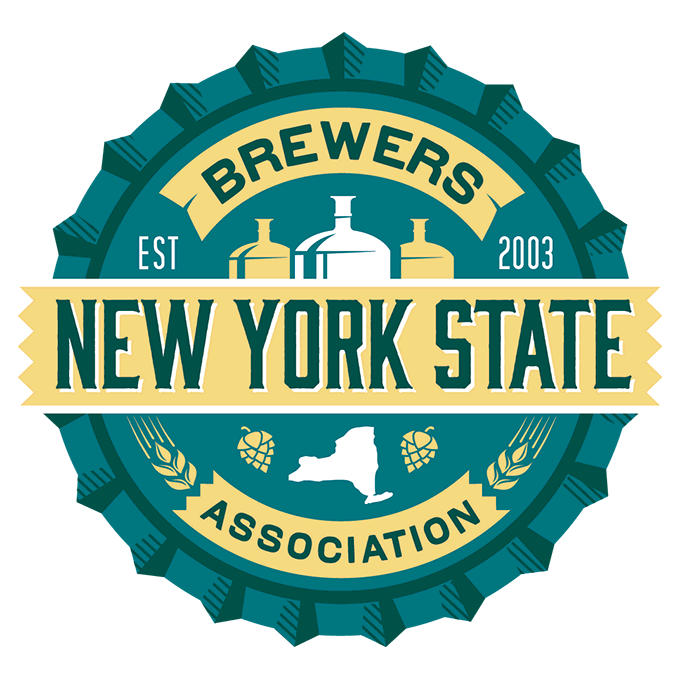
Water is often overlooked as an important ingredient in beer making. Not only is it in the product, but fairly significant quantities are also used in equipment cleaning and other processes. Once the cleaning, bottle washing etc. is done, the now “dirty” water has to be managed and disposed. Typically the disposal is accomplished through either a “direct” discharge to a nearby waterbody or an “indirect” discharge to a municipal sewer. Under both New York and federal environmental law, these disposals must be done in accordance with either a State Pollution Discharge Elimination (SPDES) permit for direct discharges or a municipal Sewer Use permit if the public sewers are used.
While the local municipality, as the owner of the sewer, issues permits for discharges into their sewers, any direct discharges to surface and groundwaters must be done in accordance with a SPDES permit issued by the New York State Department of Environmental Conservation (NYSDEC). Typically most industrial facilities have to apply for a site-specific SPDES permit which can take a year or longer to obtain. NYSDEC has developed a “General” SPDES permit for Craft Brewers and small wineries. The General Permit is expected to be issued soon for public comment. The application process for the new General Permit will be far simpler and permit coverage will occur much quicker, allowing the brewer to lawfully discharge their wastewater. Permit coverage will be dependent on compliance with specific requirements for the discharge; most breweries will need to treat their wastewater before it can be lawfully discharged.
On September 24, 2015 the New York State Brewers Association and Nixon Peabody LLP are joining together to provide an opportunity for craft brewers to hear directly from NYSDEC regarding the new procedures and requirements. For more information click here.
